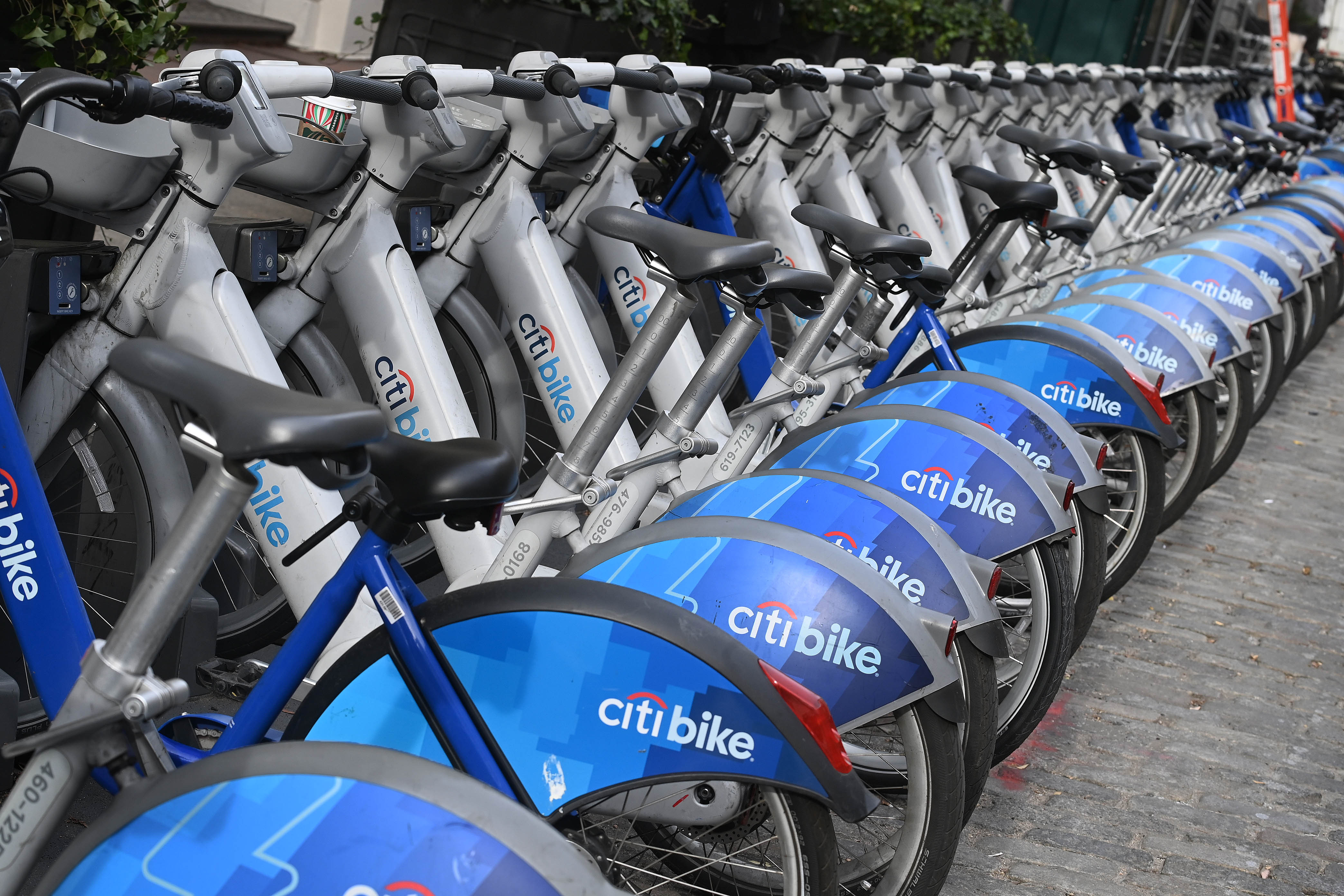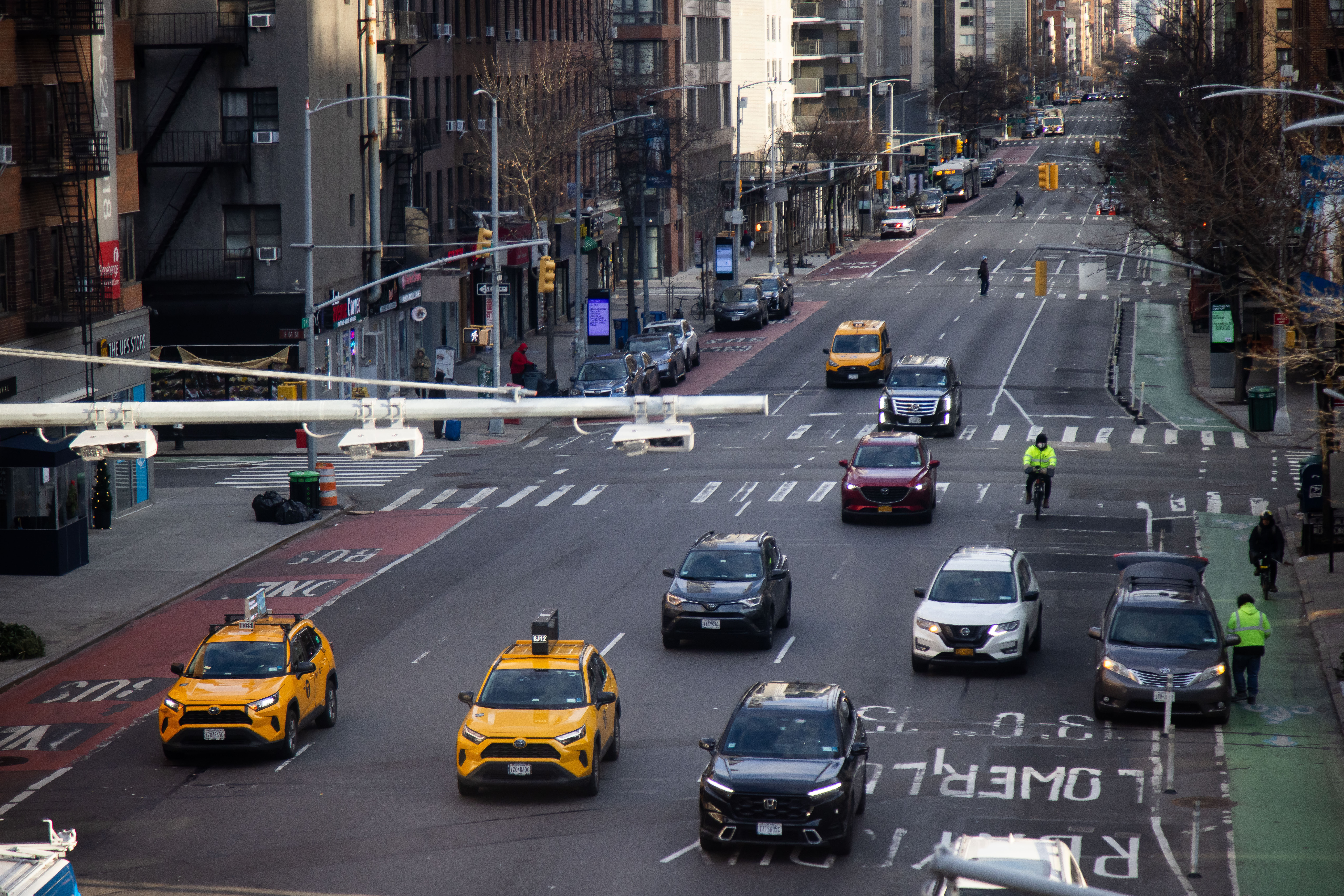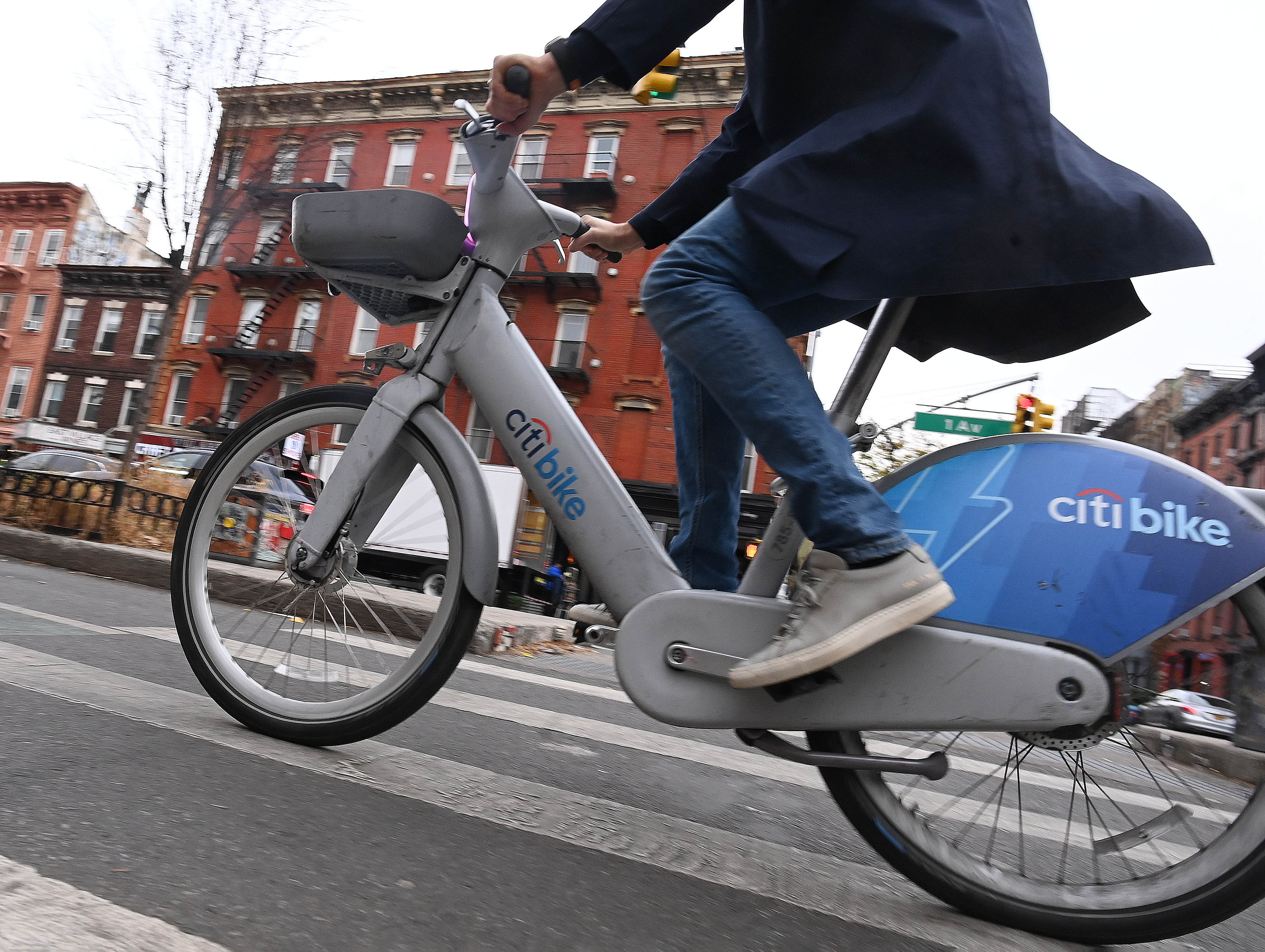Citi Bike, New York City’s popular bike-sharing service, has once again adjusted its pricing structure, marking the fourth consecutive year of rate increases. This latest change, implemented shortly after a 20% hike just six months prior, has sparked discussions among riders and city commuters, especially in light of the newly introduced congestion pricing in Manhattan. Understanding the evolving Citi Bike Price is crucial for residents and visitors alike who rely on this convenient mode of transportation.
Breaking Down the Latest Citi Bike Price Adjustments
Effective Monday, Citi Bike members are facing increased costs for electric bike usage. The per-minute rate for e-bikes has risen from 24 to 25 cents. Furthermore, a $5 cap is now in place for e-bike rides lasting 45 minutes or less that either start or end in Manhattan. For e-bike journeys exceeding 45 minutes or those outside of Manhattan, the rate is fixed at 25 cents per minute without any cap.
For non-members, the cost of single-ride passes has been bumped up from $4.79 to $4.99. Similarly, e-bike fees for these passes have increased from 36 to 38 cents per minute. Looking ahead, day passes for non-members are also set to become more expensive, rising to $25 starting February 3rd.
 A row of Citi Bikes ready for rental in New York City, highlighting the accessibility of the bike-sharing service.
A row of Citi Bikes ready for rental in New York City, highlighting the accessibility of the bike-sharing service.
Congestion Pricing and its Impact on Citi Bike’s Pricing Strategy
These price hikes coincide with the implementation of congestion pricing in Manhattan, a significant transportation policy that charges vehicles $9 or more to drive below 60th Street. Interestingly, Lyft, Citi Bike’s parent company, along with Uber, reportedly played a substantial role in advocating for congestion pricing. These ride-sharing giants stand to benefit from the toll, having invested millions in lobbying efforts to push the plan forward.
Lyft has announced a “congestion pricing credit” of $1.50 for impacted Citi Bike and rideshare rides in Manhattan for the remainder of the month. This credit is designed to offset the $1.50 congestion surcharge being applied to ride-sharing apps like Lyft. However, the simultaneous increase in Citi Bike prices raises questions about the overall cost-effectiveness for users.
 Congestion pricing scanners and E-Zpass readers installed over 2nd Avenue in Manhattan, marking the start of the new toll system.
Congestion pricing scanners and E-Zpass readers installed over 2nd Avenue in Manhattan, marking the start of the new toll system.
Reasons Behind the Rising Citi Bike Price
Citi Bike attributes these repeated price increases to factors like inflation and the escalating costs associated with maintaining and operating its e-bike fleet. This justification mirrors the rationale provided for the price jump implemented in July of the previous year. As reported by Gothamist, the company maintains that these adjustments are necessary to sustain and improve the service.
Despite the rising Citi Bike price, the service has seen significant growth. In 2024, Citi Bike recorded over 45 million rides, a 25% increase from the 36 million rides in 2023. The service is also set to expand its reach, with plans to introduce more bikes in Queens, The Bronx, and Brooklyn in the coming fall.
 A person uses the Lyft app on a smartphone to access Citi Bike options, illustrating the digital interface for bike rentals.
A person uses the Lyft app on a smartphone to access Citi Bike options, illustrating the digital interface for bike rentals.
Rider Reactions to the Increased Citi Bike Cost
Not all users are taking the price hikes in stride. During the summer, some Citi Bike riders expressed frustration with the increasing costs, with some even considering purchasing their own bikes as a more economical alternative. As one rider, Travontae Gorman, pointed out, the cumulative effect of these price increases could make owning a personal bike a more financially sensible option in the long run.
 Citi Bike electric bikes available for rent, highlighting the increased per-minute cost for these popular options.
Citi Bike electric bikes available for rent, highlighting the increased per-minute cost for these popular options.
Conclusion: The Future of Citi Bike Price and Urban Mobility
The continuous rise in Citi Bike price reflects the complex economic factors influencing urban transportation. While Citi Bike remains a popular and expanding service, the increasing costs may lead some riders to explore alternative commuting methods. As congestion pricing takes effect and Citi Bike adapts to the evolving landscape, keeping track of the latest Citi Bike price updates will be essential for New Yorkers and visitors navigating the city. For those seeking cost-effective and eco-friendly transportation in NYC, understanding the current Citi Bike pricing structure is more important than ever.

